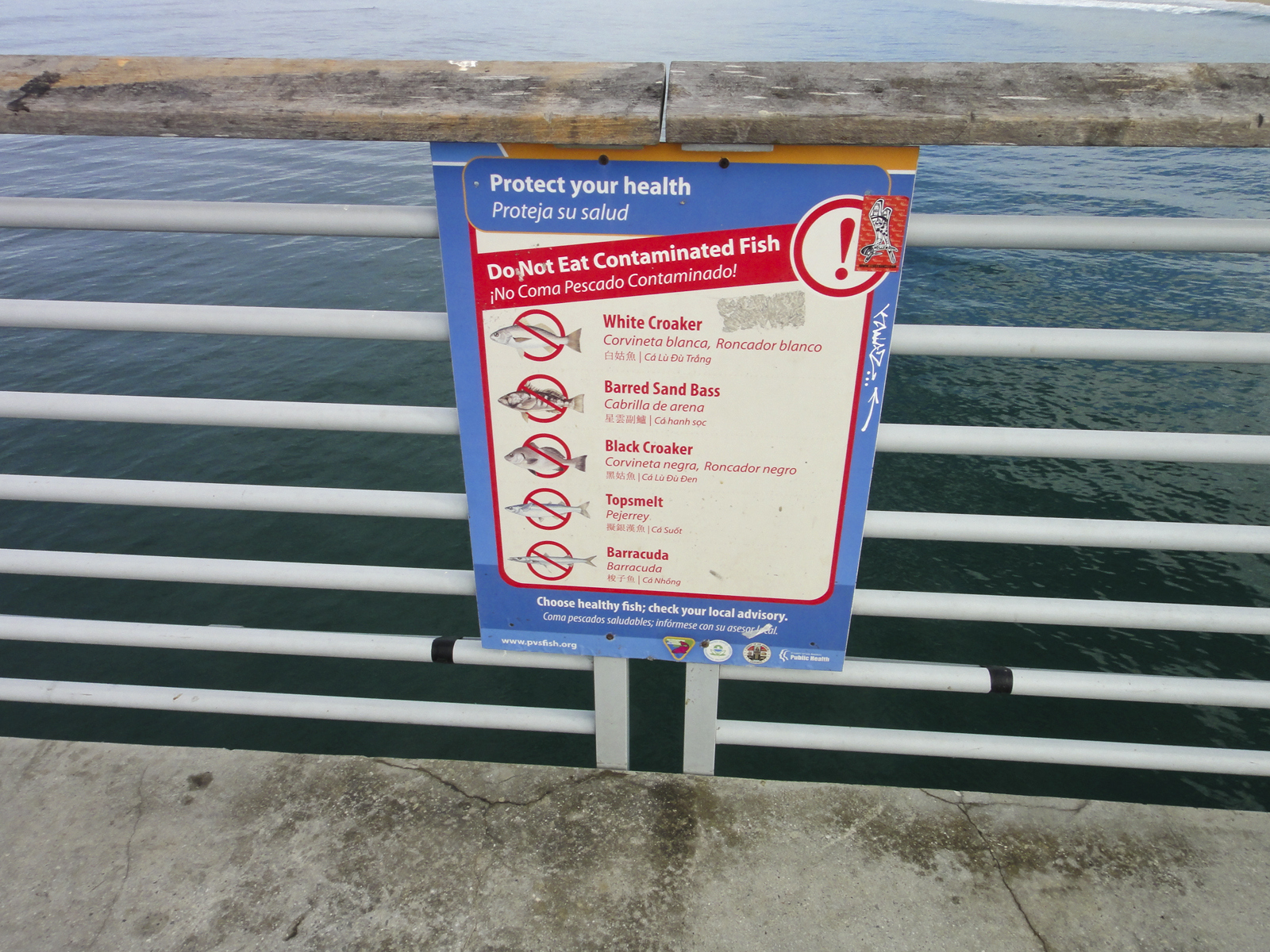New hope in fight against mercury
For the first time in over a decade, the EPA is strengthening standards on mercury and other toxic air pollutants from power plants.
It’s found in lumbering polar bears and sleek seals in the Arctic and it's found in the heart of seemingly pristine rainforests in Peru.
It lurks in the streams and lakes of our prized national parks and turns up unexpectedly on dinner plates.
It’s pervasive, persistent and poisonous: it’s mercury and it’s everywhere.

Now, for the first time in more than a decade, the Environmental Protection Agency has proposed strengthening the landmark Mercury and Air Toxics Standards, which regulate the emission of mercury and other hazardous air pollutants from power plants.
Under the proposed rule, the EPA would require a 70% reduction in mercury emissions from coal-fired power plants that burn what’s known as lignite coal – a low-grade coal that’s especially dirty.
The proposal closes a pernicious loophole in the existing standard that has allowed these plants, many of which are in North Dakota and Texas, to emit three times as much mercury as other plants (see EDF’s map of mercury emissions from the most polluting coal plants here).
In addition, the EPA is proposing to lower the limit on emissions of filterable particulate matter by 67%. That change targets dangerous heavy metals like nickel and arsenic. The proposed rule also requires continuous emission monitoring on smoke stacks at all power plants subject to the regulation. This update is designed to ensure that all power plants are complying at all times. Currently, two-thirds of facilities are only tested for compliance a handful of times per year.
Once the proposed rule is published in the Federal Register, the EPA will accept public comment for 60 days. The agency is expected to finalize a rule early next year.
A toxic threat
Mercury is a highly potent neurotoxin that can have devastating impacts on the brain and nervous system especially for unborn babies and young children. It first hit the headlines in the 1950s, when an outbreak of severe neurological disorders in Minamata, Japan, was linked to decades of mercury pollution by a local chemical plant.
Exposure can cause permanent cognitive problems in children and harm cardiovascular health in adults. It is also associated with endocrine disruption, diabetes risk and compromised immune system function.
While mercury occurs naturally in rocks in the Earth’s crust, human activities have helped spread it around the world at toxic levels. Concentrations of atmospheric mercury have tripled since preindustrial times. In the U.S., the largest source of manmade mercury emissions is from coal-fired power plants.
EXPLAINER: Where does mercury in fish come from?
Because mercury is naturally found in coal, when coal is burned to produce electricity, the mercury becomes airborne and can linger in the atmosphere for years, traveling hundreds or even thousands of miles before falling to the ground in rain, snow or dust. While mercury is a global pollutant, people living in communities near coal-fired power plants bear a disproportionate burden of mercury pollution.
When mercury ends up in sediments in the bottom of streams or lakes, microorganisms convert it into its most toxic form, methylmercury. Methylmercury becomes more and more concentrated as it travels up the food chain.
Top predator fish like swordfish and tuna which feast on lots of smaller fish, can have methylmercury levels millions of times higher than found in the surrounding water.
The vast majority of human exposure to mercury – around 80% – comes from eating contaminated fish and shellfish.
All 50 states have advisories against eating certain fish because of mercury contamination. The U.S. Geological Survey estimates that around 10 million acres of lakes and 400,000 miles of streams are impaired by dangerous levels of mercury.
Although scientists have known for decades that mercury poses a serious risk to human health, stronger regulation has been a long time coming.

Up until 2012, coal- and oil-fired power plants, the number one source of mercury emissions in the U.S., had a free pass to pump mercury and dozens of other dangerous substances into the atmosphere.
That year the EPA finalized its Mercury and Air Toxics Standards, which, for the first time, mandated that coal-fired power plants install pollution controls to dramatically reduce mercury, lead, acid gasses and dozens of carcinogenic volatile compounds.
The EPA estimated that the standards would prevent up to 11,000 premature deaths, 4,700 heart attacks, and 130,000 asthma attacks every year.
The MATS standards have since compelled power plants to reduce their mercury emissions by 86%, acid gas emissions by 96%, and non-mercury metal emissions by 81%.

“These protections work,” says EDF’s Lead Counsel, Michael Panfil. “They are saving lives and improving public health at just a fraction of the projected cost."
Since the original rule came into force over a decade ago, the world's understanding of the full scope of risks posed by these hazardous air pollutants has greatly increased, while the technology to tackle the dangerous emissions has vastly improved and become less costly. The EPA recently reported that the actual annual costs of complying with the standard are around $2 billion – that’s $7 billion less than originally projected.
Yet, rather than strengthening the MATS standards, in 2020 Trump’s EPA, under former coal-lobbyist Andrew Wheeler, attempted to undermine the standards by revoking its legal foundation leaving the regulation vulnerable to lawsuits from industry. At that time the EPA also chose to retain existing standards instead of strengthening them.
In February 2023, however, in recognition of the state of the science, the Biden EPA reinstated and reaffirmed the legal basis for the MATS standards, paving the way for EPA’s new proposed rule.
“The last ten years have proven beyond a shadow of a doubt that these standards are critical, effective and affordable,” says EDF’s Panfil. “The EPA is now building on that track record and strengthening the standards to protect all Americans from some of the most hazardous air pollutants.”










